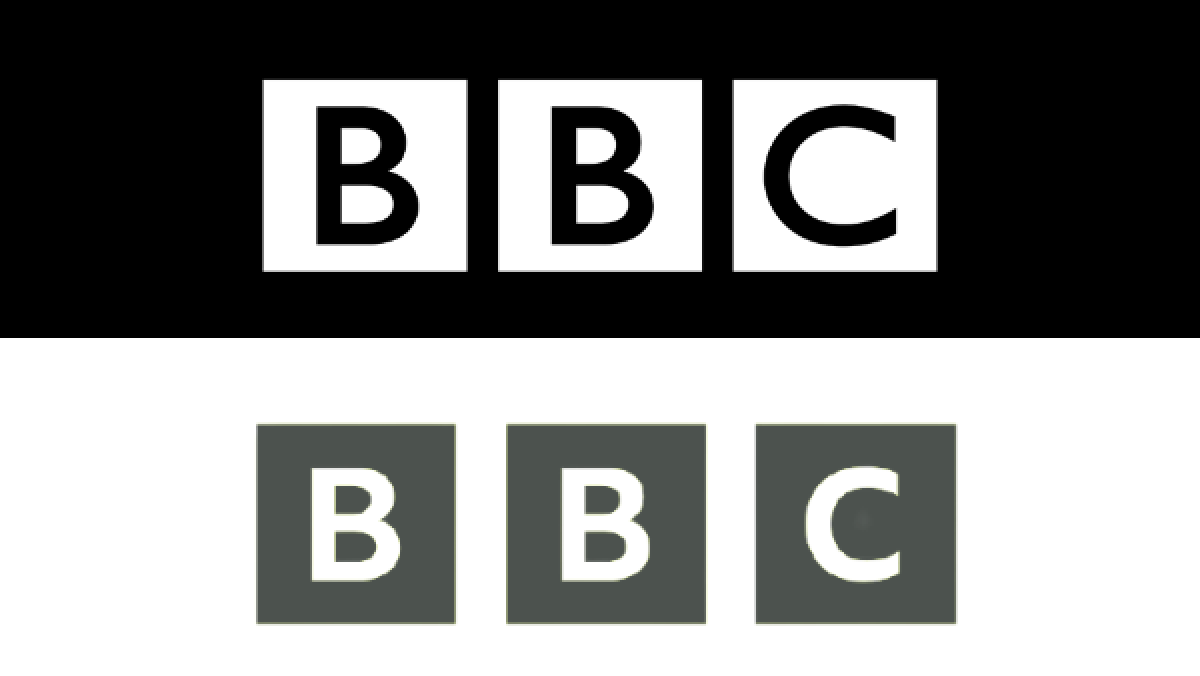Why the BBC logo redesign isn’t as bad as everyone thinks

The recent redesign* (*alleged redesign) of the BBC logo has elicited some criticism.
It's main crime appears to be that it is not different enough (hence, alleged).
In fact, it is virtually the same as the old logo, but with a slightly less impressive execution, some say.
However, updating a logo as prominent as that of the BBC or any other national institution is always going to be a balancing act. Too much change considered radical for an established brand, too little and it's accused of not moving with the times.
So, what do you think?
Here, two brand specialists give their opinion on what's behind this 'new' look.

Brand evolution rather than brand transformation.
Richard Blanshard, managing director, global independent brand company, venturethree
It is always challenging for broadcasting institutions such as the BBC to redesign a logo without receiving criticism.
There is a very evident subtlety to this rebrand too which has largely been the focus of its critics, but rebranding isn’t always about significant changes.
A strong brand often comes from maintaining a certain level of relevance and authenticity which the BBC have attempted to achieve by using their own font.
What is more important, especially to brands as recognisable as the BBC, is to evolve in-keeping with your audience.
The BBC’s new design represents a brand evolution rather than a total transformation.
And why would the BBC undertake a total brand transformation?
That would arguably raise more eyebrows and attract greater criticism as an iconic British brand.
An abrupt brand rethink risks breaking positive brand connotations, whereas a brand evolution keeps established consumer feelings close.
Google best demonstrates this with a number of minor brand changes over the past 20 years which collectively add up to a wider brand overhaul, but individual shifts remained recognisably and unmistakably the Google brand.


From a branding perspective, this is a positive move by the BBC.
Stuart Lang, founder and creative director at WeLaunch
For a brand like the BBC nothing goes unnoticed or without comment.
With their recent ‘rebrand' it is easy to see the public’s frustration with the inevitable issues, ultimately leading to negative headlines that always focus on the perceived cost of such an exercise.
However, it is important not to overlook the real reasons behind why the BBC made this change.
For a brand as recognisable as the BBC, a complete redesign of an iconic logo is a significant undertaking to say the least. But brands need to stay current, even if it’s in ways that are not that noticeable on the surface.
Ownable, bespoke typefaces are extremely valuable to brands with their versatility offering attributes that are often overlooked. Not only do they foster strong brand recognition but they are also more distinctive brand assets that can be utilised across more touch-points than an entirely new logo or mark.
They also offer a more cost-effective solution for large corporations with them not having to pay usage per seat or per page view, and in the long run can be beneficial to TV license payers.
It is understandable how those outside the realm of design would see this as frivolous spending, but from a branding perspective, it was a positive move from the BBC.
So it makes total sense for them to use their (previously created) bespoke typeface within their logo, rather than a different font that incurs additional ongoing usage fees.
If it had been communicated by the BBC beforehand, then I think many of the negative points surrounding it could well have been avoided.
With that in mind, this backlash is a learning point for other internationally recognised brands like the BBC; clear and honest communication with your customers is always one of the foundations of providing the best brand experience and keeping them on your side.
If you enjoyed this article, you can subscribe for free to our weekly email alert and receive a regular curation of the best creative campaigns by creatives themselves.
Published on:


